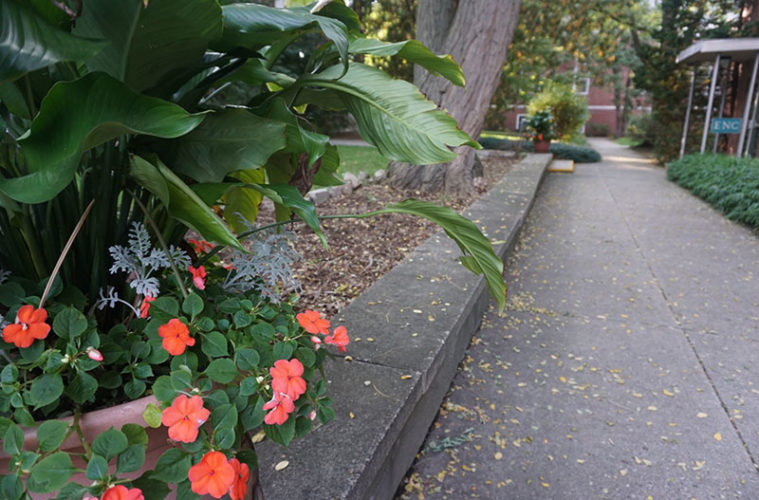The EMES team “Intellectuals,” consisting of students Collene Black, Jessica Davis, Emma Lewis, and Savannah Sivert, won this semester’s EMES Nobel Peace Prize.
Last week, the Gen. Ed. course CP325, Epoch Making Events in Science, better known as EMES, held its semester tradition of the “Black Box Experiment” in which student winners receive the EMES Nobel Peace Prize.
The “Black Box Experiment” mimics actual scientific discovery and is designed to allow non-scientists an opportunity to explore how scientists engage in their craft.
Professor Phil LaFountain explained how the project works.
The class is divided into three-to-four-person “scientific research teams” and must discover what is going on inside the black box. Teams receive a fake $8,000 to conduct their experiments, forcing them to consider cost as they do the experiment.
Student teams follow the scientific method and create a model of what they believe is happening inside of the black box.
“The goal is to be able to predict the results of an experiment on the theoretical model they create,” LaFountain said.
“This team won because of the ground-breaking revolutionary ‘channel’ model of the Black Box,” LaFountain said. “Team ‘Intellectuals’ offered a new theory that now competes with the older one, in which they argue that the ‘object’ inside the box runs on a channel or groove, accounting for certain features exhibited in experimentation.“
“I feel very fortunate to have won,” Sivert said. “I think from the beginning our group was very serious about wanting to win, but it was really Jess Davis. [She] had the whole idea that we based our hypothesis on … that, inside the black box, it was a maze.”
The “Nobel Peace Prize” reward differs each semester, but it is usually something edible like chocolate or nuts.
“This semester, a small remote-controlled car was added to sweeten the prize, along with chocolate and Smarties candy,” LaFountain said.

